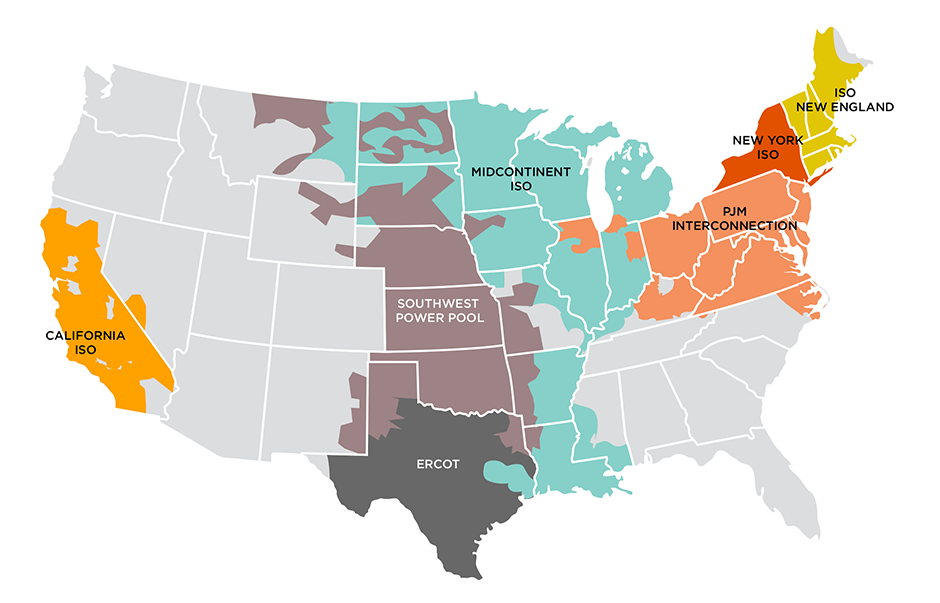Applied Sciences, Vol. 14, Pages 10524: Using Compressed JPEG and JPEG2000 Medical Images in Deep Learning: A Review
Applied Sciences doi: 10.3390/app142210524
Authors: Ilona Anna Urbaniak
Machine Learning (ML), particularly Deep Learning (DL), has become increasingly integral to medical imaging, significantly enhancing diagnostic processes and treatment planning. By leveraging extensive datasets and advanced algorithms, ML models can analyze medical images with exceptional precision. However, their effectiveness depends on large datasets, which require extended training times for accurate predictions. With the rapid increase in data volume due to advancements in medical imaging technology, managing the data has become increasingly challenging. Consequently, irreversible compression of medical images has become essential for efficiently handling the substantial volume of data. Extensive research has established recommended compression ratios tailored to specific anatomies and imaging modalities, and these guidelines have been widely endorsed by government bodies and professional organizations globally. This work investigates the effects of irreversible compression on DL models by reviewing the relevant literature. It is crucial to understand how DL models respond to image compression degradations, particularly those introduced by JPEG and JPEG2000—both of which are the only permissible irreversible compression techniques in the most commonly used medical image format—the Digital Imaging and Communications in Medicine (DICOM) standard. This study provides insights into how DL models react to such degradations, focusing on the loss of high-frequency content and its implications for diagnostic interpretation. The findings suggest that while existing studies offer valuable insights, future research should systematically explore varying compression levels based on modality and anatomy, and consider developing strategies for integrating compressed images into DL model training for medical image analysis.

 1 week ago
17
1 week ago
17


